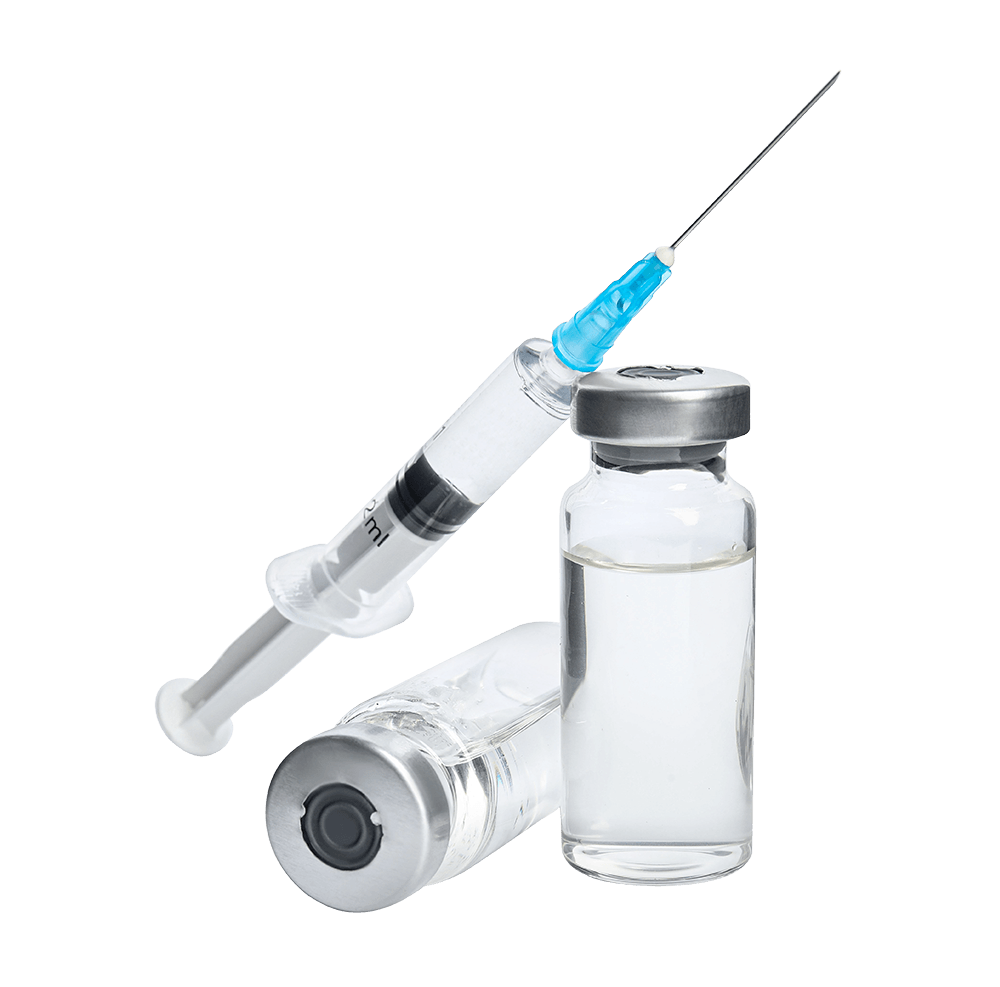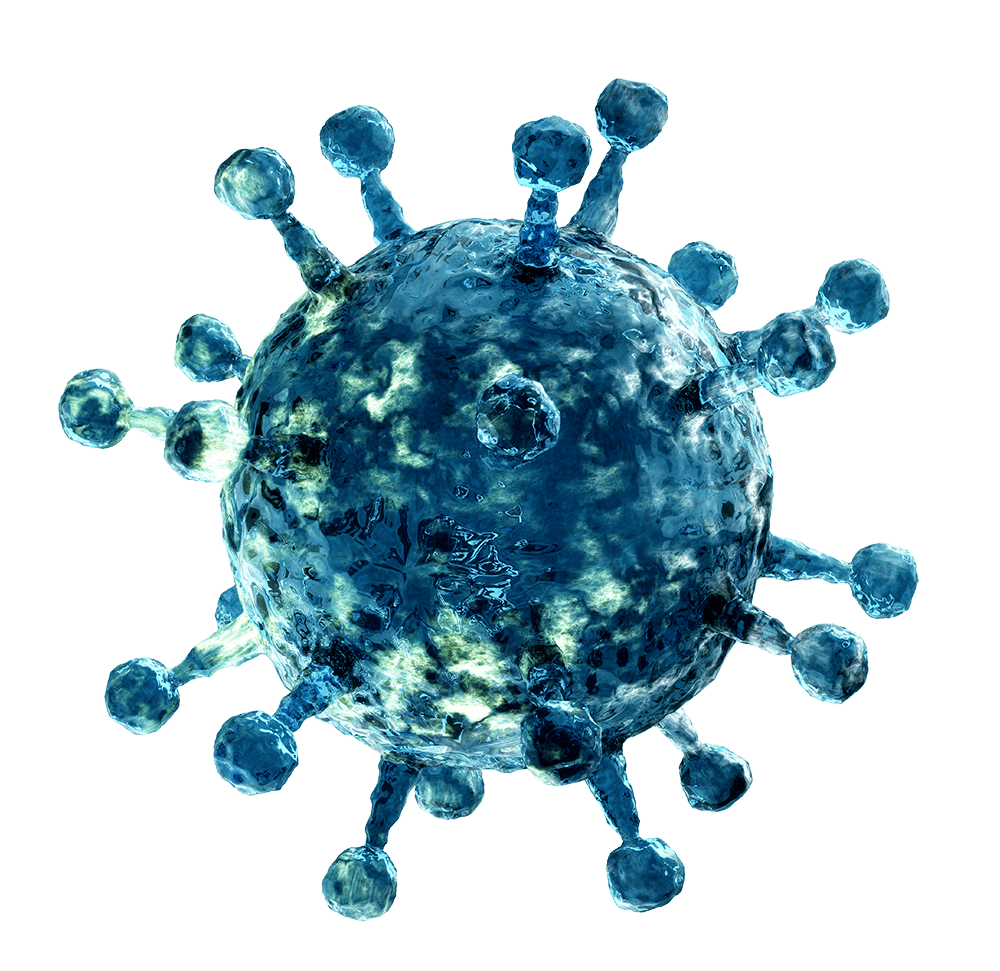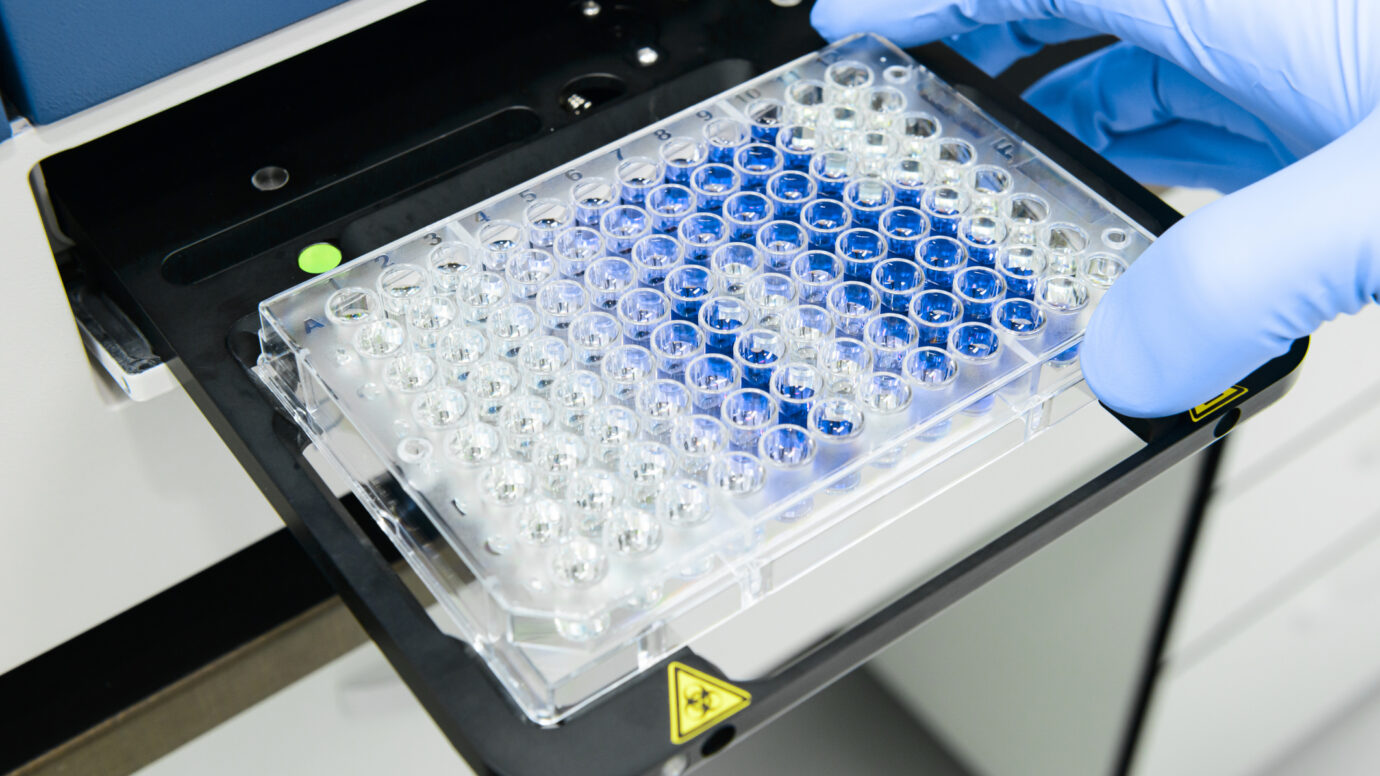Vaccine Development: Advancements and Challenges
Vaccine development is one of the most diverse and fastest growing areas in pharmaceuticals and biotechnology. The serious impacts of infectious diseases like Ebola, Malaria, HIV, and COVID-19 on world health have continued to make vaccines.
Vaccine development: support for a broad range of formats
BioAgilytix’s deep experience in cell-based assays, immunology, and potency assay development for biologics enables us to effectively collaborate with sponsors on complex bioanalytical assessments for various vaccine. Generation 1 vaccines, which are infectious agent-based, still hold a significant position in disease prevention and require bioanalytical support strategies to provide characterization of immunologic responses. Our expertise in developing a range of immune-based methods on a broad set of platforms allows us to efficiently develop these assays under GLP, GCLP, and GMP regulatory expectations.
The development of Generation 2 and 3 vaccines, which can include recombinant proteins, virus-like particles (VLPs), nucleic acid- or vector-based vaccines, and emerging virus neutralization approaches such as monoclonal antibodies directed at the target virus, have grown significantly owing to their relative control, reduced risk, and targeted effectiveness. Early pre-clinical testing of these vaccine product and characterization of immune responses is traditionally supported using animal models. Industry focus to address the ‘3Rs‘ – replace, reduce, refine – to minimize the use of animal testing has resulted in a shift from large scale animal testing to implementation of various potency and mechanistic assays which can be performed in vitro using immune-based methods. Additionally, cell-based assays using cell lines or primary cells are typically required to demonstrate mode of action (i.e. particle or protein interaction with a target cell) during vaccine development.


Assessments
BioAgilytix, working with an array of both emerging and large pharmabio customers, provides robust, compliant bioanalytical assessments for the diverse range of vaccine varieties in development today. With leading expertise in complex biologics and a broad suite of advanced platforms, we can apply the optimal, phase-appropriate method to meet your unique vaccine program needs.

Expertise
BioAgilytix’s GLP, GCLP, and GMP staff have more than 100 years of collective experience in developing immune-based methods and cell-based assays to measure potency, efficacy, and safety endpoints which we leverage in testing for a myriad of vaccine types. We validate assays to ICH standards and apply phase-appropriate criteria to support your vaccine program lifecycle from early phase development through pre-commercial/Phase III efforts. We’ll work closely to define your specific assay requirements and facilitate selection of the best platform for everything from short-term feasibility studies to long-term robust product release testing.
Full range of phase appropriate methods for vaccine assessments
Our experience is deep across the range of assays below performed under GxP regulations. Through these comprehensive assessments we are able to help ensure your vaccine products are well-positioned to successfully advance down the development and approval pathways.

Optimal platforms for vaccine assays: plate-based methods
The science behind vaccines has advanced substantially in recent years – as have regulatory expectations. Potency assays have evolved from simple titers to relative potency determinations to demonstrate appropriate control of the product. The 3Rs initiative is also driving more vaccine testing to move from in vivo animal models to in vitro using epitope-targeted ELISAs or cell-based assays with immune-pertinent systems.
BioAgilytix’s expertise in developing a range of ELISA and cell-based assays for biologics and gene & cell therapies on a broad set of platforms, paired with our specialization in immunology and with ADA and NAb assays, ensures your vaccine products are well-positioned to successfully advance down the development and approval pathways.